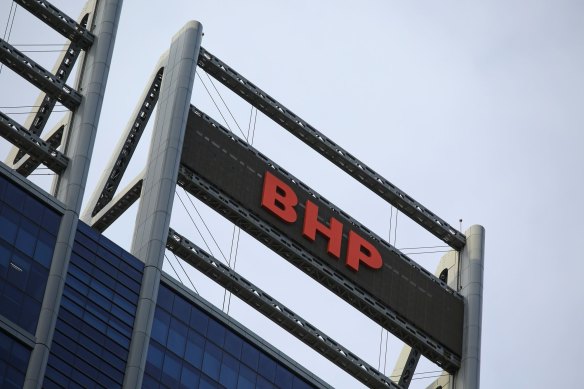This was published 4 months ago
Opinion
Why we’re going into the new financial year carrying last year’s problems
Elizabeth Knight
Business columnistIf the financial year just passed could be distilled to one phrase it would be “a year of waiting”.
In particular, the year in which most Western economies, including ours, sat on the cusp of an expected fall in interest rates.

Sharemarkets anticipate interest rates will come down.Credit: Getty
Six months ago, we expected movement in the first half of this calendar year, which in turn would prompt the economy to step up a gear, the sharemarket to receive a further shot of adrenalin and mortgage holders and corporate borrowers to receive some relief.
And we are still waiting.
So what will happen in the 2025 financial year? Likely, the first half will be a repeat of the stagnant last half of financial year 2024 in many respects, particularly corporate profits.
Companies are contending with a softer economy, weak consumer spending, continued high-interest rates and higher wage costs.

The big mining companies like BHP will still be under pressure in the new financial year.Credit: Bloomberg
The big sectors of mining (dominated by BHP, Rio Tinto and Fortescue) won’t save anything given mineral commodity prices are ambling along, and the other big-hitting industry, banking, will continue to feel the pressure of constrained margins.
Any hope that banks will get a meaningful improvement from increased lending may need to wait until there is more certainty around interest rates coming down.
Unlike the US, our sharemarket isn’t being spurred by a group of tech companies experiencing turbocharged gains on the back of artificial intelligence. That said, our sharemarket takes direction from the US, so we did experience some halo effect.
The wild card in international equities markets this year will be the US election and the potential for another Trump presidency. While the dire warnings around how Trump’s America First trade politics will impact on the US and the globe, the US sharemarket flourished during his previous term in office.
Meanwhile, closer to home there has been lots of talk and expectation that the mid-year Santa cash treat from a series of government gifts, including the stage three tax cuts, a rebate on power bills and a lift in minimum wage – could improve the prospects for companies in the discretionary and staples sector.
Much of this arrives this week, but we won’t see whether this has improved the mood of depressed consumers until the statistics feed through in the coming months. But if history is any guide, financial treats that are delivered over time (rather than lump sum cash stimulus) tend to be saved rather than spent. And while interest rates remain high, many will put the extra cash towards paying down loans or into mortgage offset accounts.
Assuming consumers follow this pattern, it is difficult to see anything much that will stimulate corporate profits in the remainder of this calendar year.
The sharemarket, which has also been anticipating the eventual interest rate turnaround, had a decent run in the 2024 financial year, particularly over the past six months. Sharemarkets tend to move ahead of interest rate and economic news and will likely remain elevated while they wait for rates to move down.

Australia’s housing market has defied all negative expectations.Credit: Dion Georgopoulos
Given that markets have risen while corporate profits have not, they will be further stretched over the coming six months if economies don’t experience much improvement.
All this may pivot towards improvement in six months, but it will probably need the trigger of falling interest rates and, in Australia at least, the timeline keeps moving out thanks to stickier-than-expected inflation.
But Australian housing is the market that has defied all negative expectations. Despite high interest rates and deteriorating housing affordability, it has been a positive year for house prices, and in June we witnessed another improvement.
However, it is clear that in the cities with more available stock, such as Melbourne, prices are stable or marginally declining.
National monthly price gains move around a bit, but the trend line is still positive. Economists reluctantly predict that prices will continue to defy gravity in the coming year, but the longer interest rates remain high, the harder it is for borrowers to sustain.
For economists, reaching the peak of the property cycle is yet another waiting game.
The Business Briefing newsletter delivers major stories, exclusive coverage and expert opinion. Sign up to get it every weekday morning.